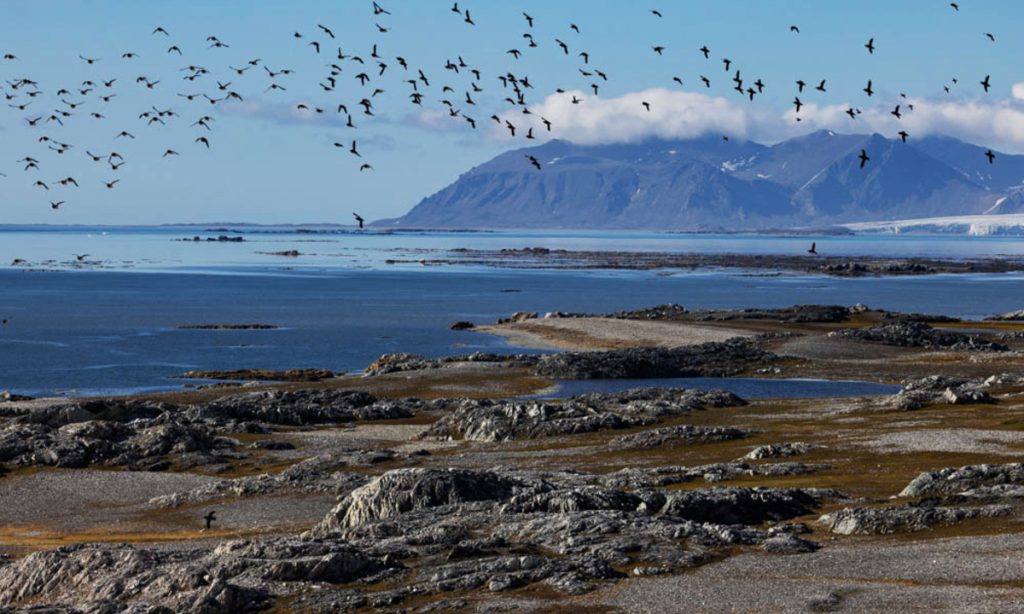Polar regions identified as key areas to achieve global Sustainable Development Goals, say Chinese researchers

Chinese researchers have systematically assessed the critical role of polar regions in achieving global sustainable development goals, noting that the polar regions may have already emerged as a “bottleneck” to global progress toward the United Nations Sustainable Development Goals (SDGs).
The research, led by Li Xin, professor from the Institute of Tibetan Plateau Research, Chinese Academy of Sciences (CAS), in collaboration with Guo Huadong, academician from the International Research Center of Big Data for Sustainable Development Goals, Cheng Guodong, academician from the Northwest Institute of Eco-Environment and Resources, CAS, and Chen Deliang, academician from Tsinghua University, was published in Nature Communications. The study proposes a set of SDG targets and indicators that incorporate the global climate impacts of the cryosphere and the distinctive vulnerabilities of polar regions.
The paper suggests that, by strengthening global collaborative governance and taking decisive action, polar regions could be transformed into key drivers of advancing global sustainable development.
According to lead author Li Xin, polar regions are highly sensitive to climate change, and environmental transformations in these areas are critical to sustainable development at both local and global scales.
However, the importance of the polar regions has not been adequately represented in current UN SDGs framework.
This oversight stems primarily from long-standing policy misconceptions, which view these regions are sparsely populated, economically marginal and contributing minimally to global sustainability efforts.
The article integrates multi-source observational and modeling evidence to reveal the changing characteristics of key climate elements in these regions.
The results show that Arctic temperatures are rising at a rate of 0.68 C per decade, significantly higher than the global average. Pronounced warming trends are also observed in Antarctica and the Qinghai-Xizang Plateau.
As temperatures rise, cryosphere, ecological and hydrological systems in polar regions, have undergone substantial, interconnected, and complex changes, profoundly impacting the achievement of the UN SDGs to combat climate change and its impacts.
The article points out that the melting of polar glaciers and ice sheets directly affects the availability and sustainable management of water resources and sanitation and exacerbates sea level rise, threatening sustainable use of terrestrial ecosystems. The reduction of polar sea ice is associated with increased extreme weather events, impacting global ecosystems and indirectly affecting biodiversity and ecosystem services.
In conclusion, polar regions represent both a limiting factor and the “weakest link” in achieving the global SDGs and should not be “forgotten” in the global sustainability agenda. Proactive and inclusive measures must be taken to ensure that polar regions are not left behind.
The article calls on the international community to increase attention and resources investment in polar issues, and to strengthen support in key areas such as information infrastructure, long-term monitoring, scientific and technological innovation and capacity building. Through successful cross-border initiatives, global partnerships can be reinforced to advance sustainable development in both polar regions and globally.